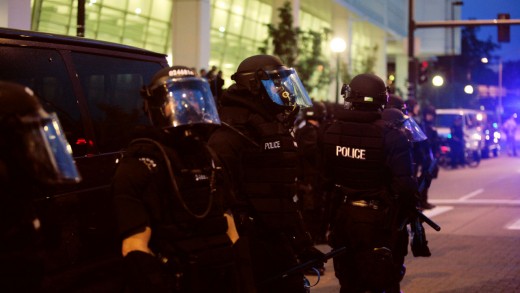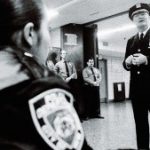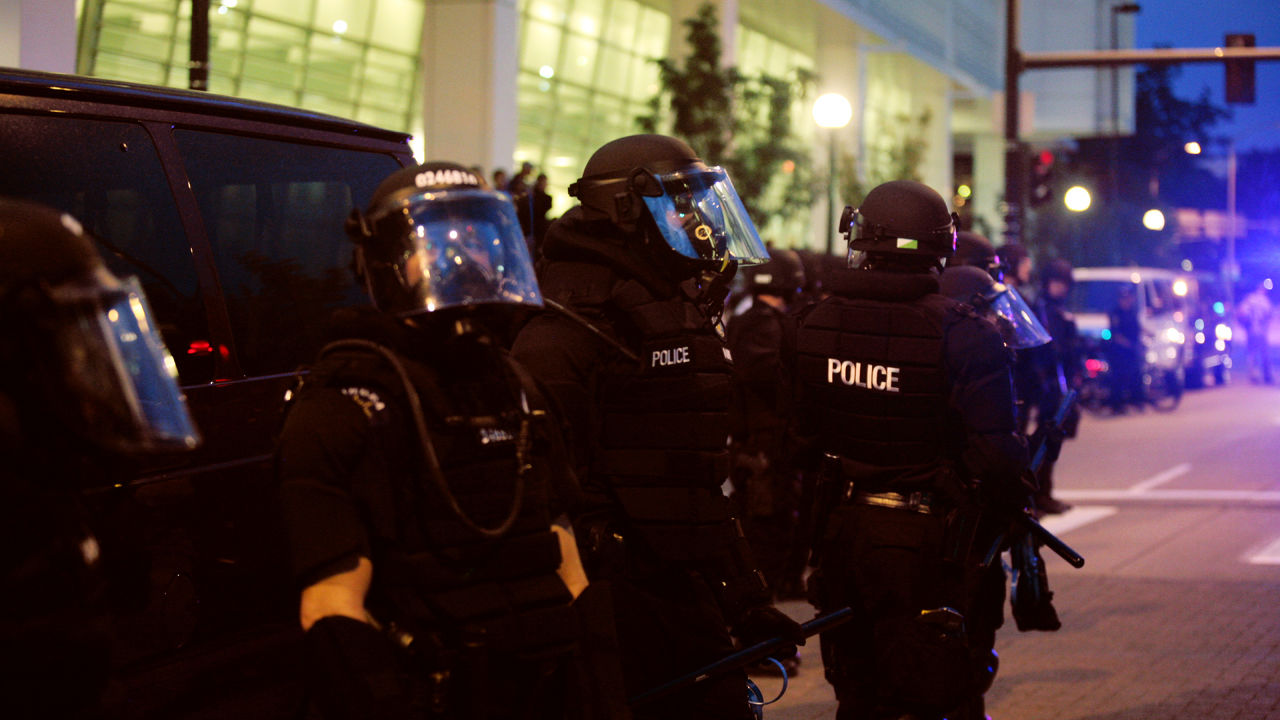The U.S. does not track Deaths by Police, So electorate Are Doing It
Absent a federal law requiring police to document deaths on their watch, voters are stepping in.
June 18, 2015
Michael Brown. Walter Scott. Freddie gray. Tamir Rice. these are just four of the unarmed black men killed via on-responsibility police officers within the closing year. what number of deaths there have been in complete, extraordinarily, nobody in reality is aware of. which is because there is no federal law in location that requires every incident of police violence and homicide by a police officer to be collated in one place.
with regards to general crime, there is a wealth of data available to legislation enforcement, governments, and researchers throughout the FBI’s Uniform Crime Reporting (UCR) software, which compiles crime facts of virtually each criminal act in the us. however the UCR may be very crucially defunct in one metric: the collection of incidents of murder by means of regulation enforcement. And there, the UCR best reviews two factors of data: individuals killed with the aid of police in justifiable action and the weapon utilized in those homicides. The UCR does no longer report non-justified police-prompted deaths, nor does it include the entire deaths by using police that had been deemed “justified.” in reality, out of the 17,000 legislation-enforcement companies in the U.S., best 750, or four.4% of them, submitted death-with the aid of-police information to the FBI in probably the most latest yr on hand.
“Frankly, this government is aware of who I call on my cell phone, who I e-mail, and probably even the contents of these calls and emails. the truth that it doesn’t preserve observe of the names of the individuals it kills, and the instances beneath which it killed them, is past my comprehension,” says D. Brian Burghart, editor of the Reno news & evaluation, and founding father of deadly Encounters, a venture that crowdsources media accounts and public information to create a nationwide database of individuals killed through legislation enforcement.
Alongside Killed by way of Police, which scours native media for reviews of officer-involved homicides, fatal Encounters could also be probably the most thorough aggregator of such incidents, tracking killings between January 1, 2000, and the present. amongst its findings thus far: there are about 1,110 police homicides per yr, or about three a day; African-americans account for roughly three in 10 deaths, and whites roughly half.

previous this month, the Guardian launched “The Counted,” a stated and crowdsourced chronicle of deaths by way of police during 2015, primarily based partly on Burghart’s open-supply database. according to the Guardian‘s prognosis, of the 464 people killed up to now this 12 months in incidents with law enforcement up to could 31, 102 have been unarmed, and black american citizens were greater than twice as prone to be unarmed when killed right through those encounters as white individuals were.
Burghart and a group of 20 volunteers have gathered over 7,000 information, with comprehensive data for 15 states and partial data for the rest of the U.S. “These numbers are tracked in most developed countries,” says Burghart. “My feeling is, just as with different knowledge, if the federal government collected this knowledge, law enforcement would use it to modify policies and tactics.”
whereas criminologists say that police-concerned homicides in the U.S. are at their lowest point in historical past, scrutiny from the public—abetted by means of cell-telephone cameras—has forced these incidents, and the lack of element about them, into new reduction.
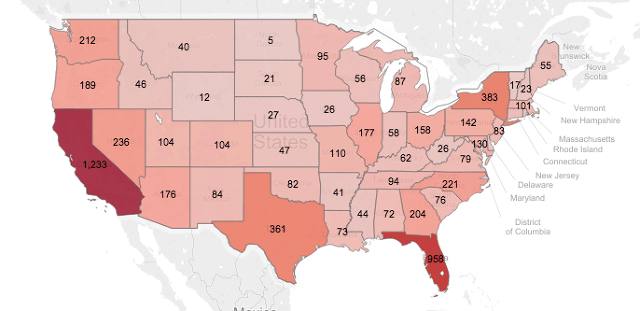
Washington is making efforts to gather more information. final month, the White house introduced an initiative to gather information at an initial 21 police departments around the united states of america, “to increase transparency, build community belief, and toughen innovation,” in addition to “to identify problems, raise inner accountability, and decrease inappropriate makes use of of drive,” which have been suggestions made in December by way of President Obama’s process power on 21st Century Policing. meanwhile, a invoice proposed last month by using Senators Cory Booker (D-New Jersey) and Barbara Boxer (D-California), referred to as the Police Reporting of knowledge, information and evidence Act, would require states to collect knowledge on every occasion police maim or kill someone.
For now, Burghart says it can be up to the public to police the police. the last word purpose of fatal Encounters is to transform obsolete, replaced by using a public database that Burghart believes may help set up higher family members between the public and police. unless then, he says, “that is about the most depressing passion I ever heard of.”
A Database Of The lifeless
despite incidents just like the atrocious murder of Walter Scott through a white police officer in South Carolina in early April, Burghart says it is important to remember the fact that most law enforcement officers don’t like to open fireplace. “a few of my reporting within the Reno news & overview has proven that officers almost always have extreme psychological and emotional trauma when they kill somebody in the line of accountability,” he says.
Burghart additionally stresses that in lots of circumstances, police homicides are justifiable. “each human being has the right to protect themselves. I’ve looked at heaps of these items now, and most are obviously self-protection.”
but that justification does not excuse the dearth of knowledge. Alongside the correct to protect oneself, Burghart can also be an outspoken defender of the public’s right to grasp who and the way and why public servants kill. “These are public employees paid with tax greenbacks. this is how we are supposed to regulate our govt personnel in this u . s ..”
the speculation for fatal Encounters got here in may 2012, when Burghart drove prior a group of police cars on the side of the road. After turning on his police scanner, he found out that the police had shot and killed the motive force of a stolen car (a man named Jace Herndon). yet once the news studies seemed, Burghart was once bowled over to discover no studies of the police taking pictures. “after which just a few months later,” Burghart wrote on his web site, “an 18-year-outdated, bare and unarmed school scholar, Gil Collar, was killed by means of university of South Alabama police on Dec. 6, 2012. Early reports said the officer by no means obtained inside 5 toes of the child, and no nonlethal methods had been tried. ‘Wow, how often does that happen?'”
Burghart soon discovered that there was no sufficient database through which voters, researchers, or legislation enforcement can monitor traits in officer-concerned homicides throughout regions or time. “I don’t assume [the absence of statistics] says that much about regulation enforcement, however more about govt,” says Burghart.
I ask if there is any trends that can be extrapolated from the present quantity of information deadly Encounters has accrued. There are some, says Burghart. “people of coloration are killed at higher rates than they exist in the inhabitants. Mentally unwell individuals are a excessive percentage, perhaps 25-30% of the folks killed by police, particularly when you believe that drug abuse is considered a mental sickness. the general public, around ninety six%, of individuals killed by police are males.”
It also appears that police in Western states kill more folks than police in eastern ones, although Burghart stresses that might exchange when information for better states like Florida are complete.
Burghart notes that the present crowdsourced knowledge is revealing, no longer handiest about police homicides, but additionally about the best way homicides by way of police are stated by using the media.
“The race of both victims and police will not be mentioned by way of media some distance too steadily,” he says. “The media gutlessly lets police withhold names of individuals they’ve killed on the thinnest of rationales. Media hardly get photographs of victims from families, so regularly the only publicly on hand image is a mug shot, which of course, works to give a boost to the narrative that the particular person killed is a profession criminal.”
He additionally notes that within the knowledge amassed, it becomes evident that the reliable dispositions of officer-involved homicides are infrequently mentioned. “It appears as if the media simply assumes if an officer killed somebody, it’s justified, but that creates a de facto collusion to inform the law enforcement story, however not some other facet.”

deadly Encounters bargains five different tools to assist the public monitor and build the largest identified database of police homicides. the primary instrument is the morbidly named Database of the lifeless, which allows users to access data of people that had been killed via legislation enforcement. Maps are every other standard tool, permitting people to visualize police homicides via area over time. different instruments include a database of law enforcement agencies that folks can contact for public information requests, a software to post incidents of deadly encounters with police, and a instrument that enables the public to obtain the data for their very own use.
sooner or later, Burghart hopes that higher knowledge and initiatives like his and the Guardian’s “The Counted” is not going to simply assist journalists and researchers, however help communities and police departments establish which policies and situations tend to lead to a use of deadly power.
“comparing this information to different giant knowledge sources, we’ll have the ability to analysis whether veterans are killed at a excessive charge. We’ll be capable of see the results of poverty on policing and officer-concerned homicides. We’ll be capable to see which communities kill mentally sick individuals, and at what charges. We’ll be capable of see if communities the place police kill extra folks, have more people killing police.”
From Public data To Crowdsourcing Media experiences
When fatal Encounters started in March 2014, the database was once assembled from media stories and public information, however Burghart quickly discovered how challenging making requests for even public data can be. Dozens of public records requests he’s made at the federal degree and in a few states have change into ensnarled in paperwork and a patchwork of file-protecting techniques.
The responses he’s received have run the gamut, he says, “from sending the guidelines without comment or delay”—he’s had relative success with police departments in Texas, Nevada, and Idaho—”to a delayed response to the law in this sort of manner as to make the guidelines pointless, to outright refusal to obey public records rules, and difficult me to sue for the information to which each American is entitled.”
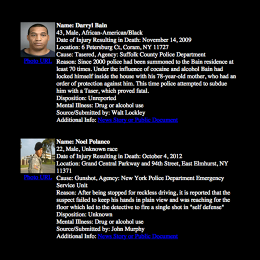
deadly Encounters now relies on a team of 20 volunteers who sort thru crowdsourced knowledge to fill in gaps in public information. using the instruments on its site, greater than 1,000 individuals have contributed incidents of police murder right away to deadly Encounters. All crowdsourced studies need to be submitted with helping evidence, including government or media studies of the homicide. The fatal Encounters staff then checks the ideas submitted towards every other public money owed of the incident. If the whole lot checks out, it is brought to the database.
“I take a look at the tips submitted in opposition to the revealed money owed, which is not genuine reality checking, considering the fact that I’m now not calling primary sources, but our information at least mirror what’s in the public report,” Burghart admits. “In other phrases, if it’s improper in our database, it was most certainly wrong within the authentic media experiences.” He also notes that deadly Encounters receives corrections and clarifications a few occasions per week.
What the info finds concerning the Police (And The Media)
in a single video produced by deadly come across volunteers, which presentations police homicides over time, it is now not onerous to be startled by the trend line within the lower left-hand corner. It ceaselessly increases unless 2011-2012, when it starts to radically spike. however Burghart cautions that true conclusions can’t be drawn just yet.
“while I imagine police homicides are increasing, we don’t have the data to prove that but,” he says. “part of the obvious raise is as a result of the expansion of the web—this means that we have get admission to to more information each yr progressing from 2000. a part of that’s as a result of in the early 2000s, digital reminiscence was once expensive, so media shops mechanically purged their archives. additionally, because of the crowdsourced facet, folks tend to take into account that the more contemporary homicides, so they’re extra prone to report these.”
Burghart hopes that his information assortment could get a bit easier one day, thanks to The President’s task pressure on twenty first Century Policing and the White home’s new Police data Initiative. In December, the record specifically advised that “policies on use of pressure should also require agencies to gather, handle, and file information to the Federal govt on all officer-involved shootings, whether or not deadly or nonfatal, in addition to any in-custody death.”
yet as most policing is completed on a state and native level, the federal executive has little keep an eye on over forcing police agencies to submit to the request; presently, the White home is most effective threatening to withhold 10% of federal provides from police departments who obtain federal money and who refuse to conform. in the meantime, the White home’s Police data Initiative will begin with an preliminary set of 21 police departments who have dedicated to releasing a complete of 121 data sets including uses of pressure, police pedestrian and car stops, and officer-involved shootings.
“the problem for me is that every one these things takes time to set up, and things change quick,” he says. He points to other analysis which is been at risk of the political local weather: AIDS within the 1980s, studies of gun violence by means of the facilities For illness keep watch over, or analysis on local weather trade or sex education. “the beginning of research is extensively said, but the gradual defunding is quiet.”
Burghart additionally questions the logic at the back of the 21 police departments that are at the start participating within the White house’s police knowledge initiative. “One problem with the communities chosen is that they seem to beef up the parable that police violence is basically an urban problem. that is not what information presentations.”
unless there may be a national legislative push to require all police departments to transparently document all information surrounding police homicides, it will be up left to nonprofits like fatal Encounters and its volunteers to fill the gaps.
“We literally have an army of volunteers out there, serving to with data entry, serving to with a redecorate of the web page, doing visualizations, doing research with the information.” Burghart notes that the only issues that stand between a complete public database of police homicides is time and money, and he’s searching for individuals who can donate both or both. “the federal government overlooked the wish to comprehensively accumulate this information for an awfully very long time,” Burghart says, “and there’s a lot of knowledge to gather.”
fast company , read Full Story
(137)

